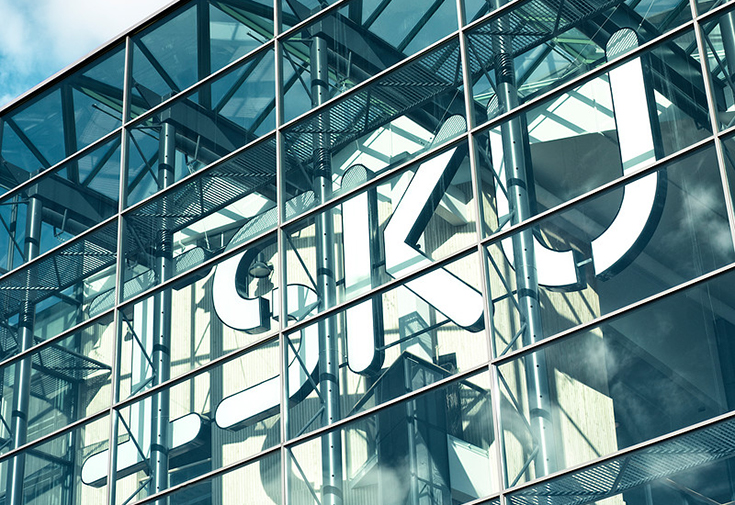What are smart space solutions and how do they work?
Smart space solutions are innovative approaches to utilizing space more effectively and efficiently. These solutions involve integrating technology and design strategies to maximize the use of available space, particularly in work environments. The goal is to create adaptable and multi-functional areas that cater to the evolving needs of businesses and their employees.
At the core of smart space solutions is the use of advanced technologies such as IoT (Internet of Things) devices, sensors, and smart systems. These technologies help monitor and control various aspects of the environment, such as temperature, lighting, and occupancy, to optimize space usage. By designing spaces with flexibility in mind, businesses can easily reconfigure areas to suit different purposes, whether for meetings, collaborative work, or individual tasks.
Why is resource efficiency important for businesses?
Resource efficiency is a critical consideration for modern businesses, as it directly influences their operational costs, environmental footprint, and overall productivity. By optimizing the use of resources, companies can significantly reduce expenses related to energy consumption, materials, and waste management.
Moreover, resource efficiency aligns with sustainable business practices, which are increasingly important to stakeholders, including customers, investors, and employees. By prioritizing efficient resource use, companies can enhance their reputation and demonstrate their commitment to environmental stewardship, potentially leading to increased customer loyalty and attracting top talent.
How can smart space solutions lead to cost savings?
Smart space solutions offer numerous cost-saving opportunities for businesses. One major area of savings is energy efficiency. By utilizing smart technologies to monitor and control energy use, companies can significantly reduce their utility bills. For example, smart lighting systems can automatically adjust based on occupancy and natural light levels, minimizing unnecessary energy consumption.
Additionally, optimizing space usage can reduce the need for physical office space. As businesses grow, they can adapt existing spaces to accommodate more employees or different functions without incurring the costs associated with expanding or relocating. This flexibility also extends to maintenance costs, as smart systems can proactively identify and address issues before they escalate into costly repairs.
What are the key components of sustainable office design?
Sustainable office design encompasses a variety of elements that contribute to an environmentally friendly and efficient workspace. One key component is energy-efficient lighting, which can include LED lights and smart lighting controls that adjust based on occupancy and daylight availability.
HVAC systems also play a crucial role in sustainable office design. Energy-efficient HVAC systems can significantly reduce the energy required to heat and cool a space, providing comfort to employees while minimizing environmental impact. Additionally, the use of sustainable materials, such as recycled or renewable resources, further enhances the sustainability of office design by reducing the demand for new raw materials and minimizing waste.
How do smart space solutions improve employee productivity and satisfaction?
Optimized space usage through smart space solutions can greatly enhance employee productivity and satisfaction. By creating environments that are tailored to the needs of employees, businesses can foster a more comfortable and supportive work atmosphere. For instance, flexible workspaces allow employees to choose environments that suit their tasks, whether they require quiet concentration or collaborative interaction.
Moreover, smart space solutions can improve indoor environmental quality, such as air quality and lighting, which are directly linked to employee health and well-being. By ensuring that workspaces are conducive to productivity and comfort, businesses can boost employee morale and reduce absenteeism, leading to a more efficient and motivated workforce.


